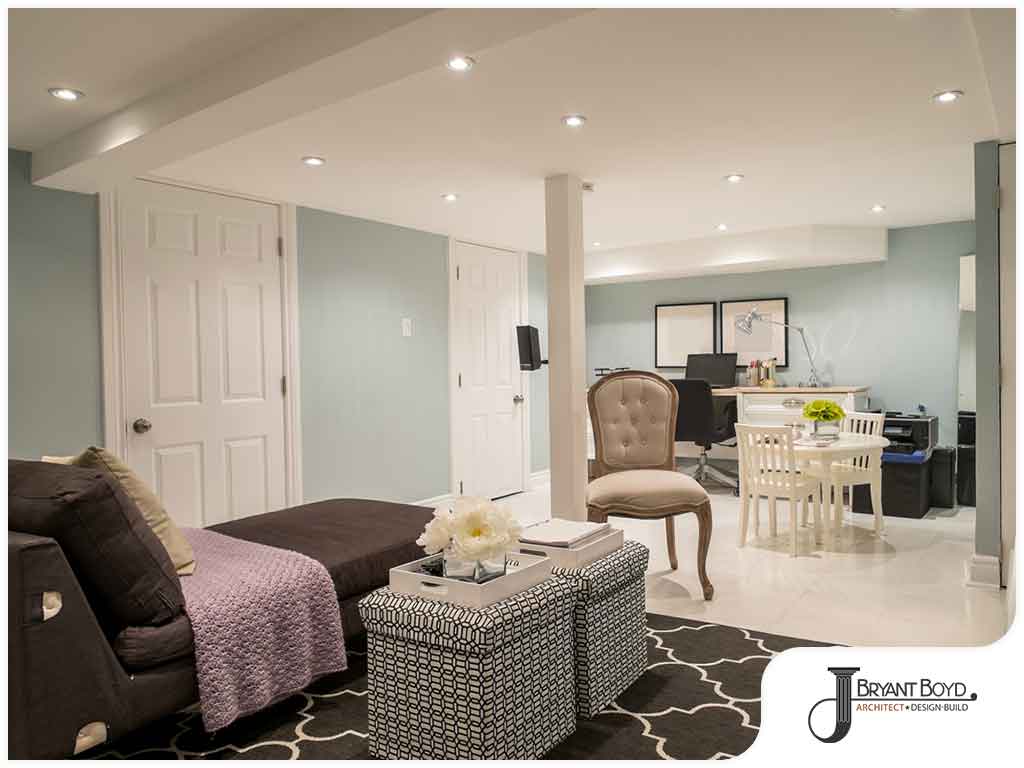Designing a home gym in a low ceiling space can present unique challenges and opportunities. Discover how to maximize your workout area with our expert guide.

Key Considerations for a Home Gym Low Ceiling
1. Optimizing Vertical Space
In a home gym with low ceilings, vertical space becomes critical. Choose equipment and storage solutions that utilize wall-mounted options to free up floor space.
Read too: Bathroom Flooded Through the Ceiling: A Comprehensive Guide
2. Choosing Suitable Equipment
When selecting fitness equipment for a low ceiling gym, opt for machines and accessories that have a compact vertical profile. This ensures that you can perform exercises comfortably without hitting the ceiling.
3. Lighting and Ventilation Solutions
Low ceilings can sometimes make a space feel cramped. Enhance your gym’s ambiance with adequate lighting and ventilation to create an open and inviting atmosphere.
Designing Your Home Gym Low Ceiling Space
1. Layout and Flooring Considerations
Plan your gym layout carefully to make the most of the available space. Use mats or durable flooring that absorbs impact and supports your workout routines effectively.
2. Mirrors and Visual Space
Mirrors can enhance the sense of space in a low ceiling gym by reflecting light and giving the illusion of depth. Place mirrors strategically to maximize their impact.
3. Storage Solutions
Effective storage is essential in any gym. In a low ceiling space, consider shelves or cabinets that are mounted high on the walls to keep the floor area clear and uncluttered.
Benefits of a Home Gym Low Ceiling
1. Convenience and Accessibility
Having a gym at home means you can work out whenever you want, regardless of the weather or time of day. A low ceiling gym ensures that even rooms with limited vertical space can be transformed into fitness areas.
2. Privacy and Personalization
Enjoy the privacy of exercising at home without the distractions of a public gym. Personalize your low ceiling gym with decor and equipment that motivate you to achieve your fitness goals.
3. Cost-effectiveness
Over time, a home gym can be more cost-effective than paying for a gym membership. With careful planning and investment in versatile equipment, you can create a gym that meets your needs without breaking the bank.
Tips for Setting Up Your Home Gym Low Ceiling
1. Ceiling Height Measurements
Before purchasing equipment, measure your ceiling height accurately. Consider the reach and extension of your exercises to ensure you have enough clearance.
2. Multi-functional Equipment
Invest in multi-functional equipment that allows you to perform a variety of exercises without needing excessive space. Adjustable benches, resistance bands, and compact cardio machines are excellent choices.
3. Customizing the Atmosphere
Make your low ceiling gym inviting by adding personal touches such as motivational posters, plants, or a sound system for workout music. Create an atmosphere that energizes and inspires you.
Conclusion
Designing a home gym in a low ceiling space requires thoughtful planning and creativity. By optimizing vertical space, choosing suitable equipment, and enhancing the overall ambiance, you can create a functional and motivating workout area at home. Enjoy the convenience, privacy, and cost-effectiveness of having a dedicated gym that suits your lifestyle and fitness goals.
